The History and Non-Evolution of the Bugatti Logo
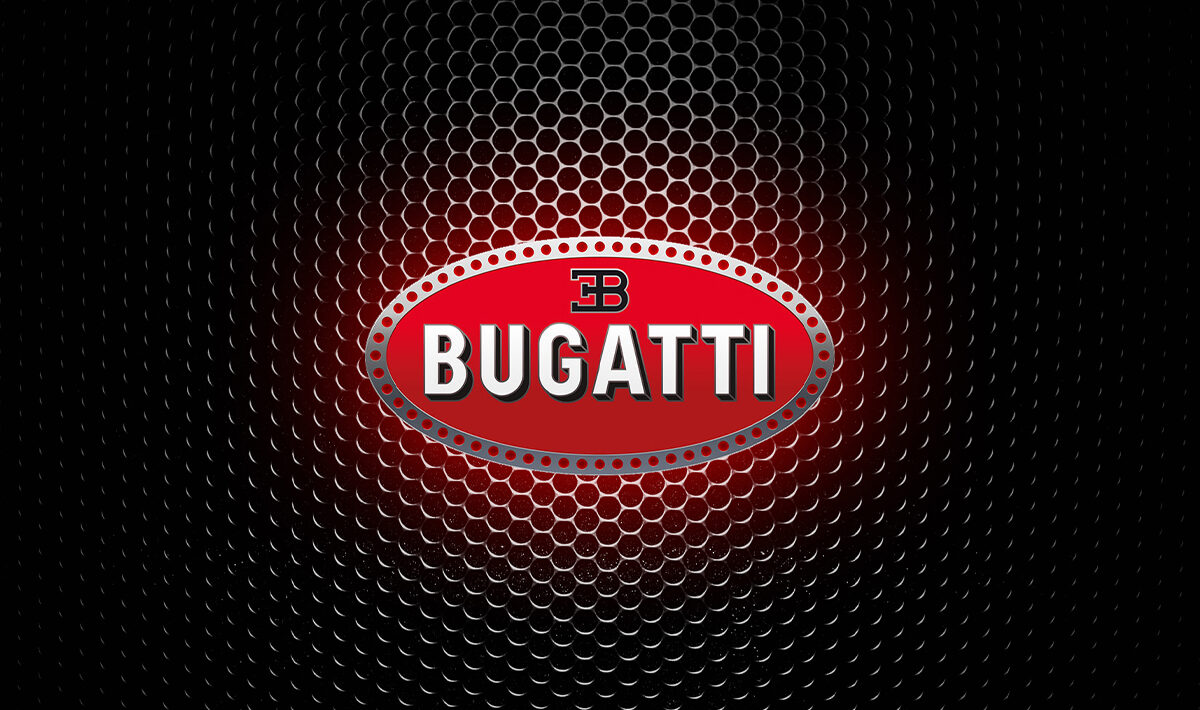
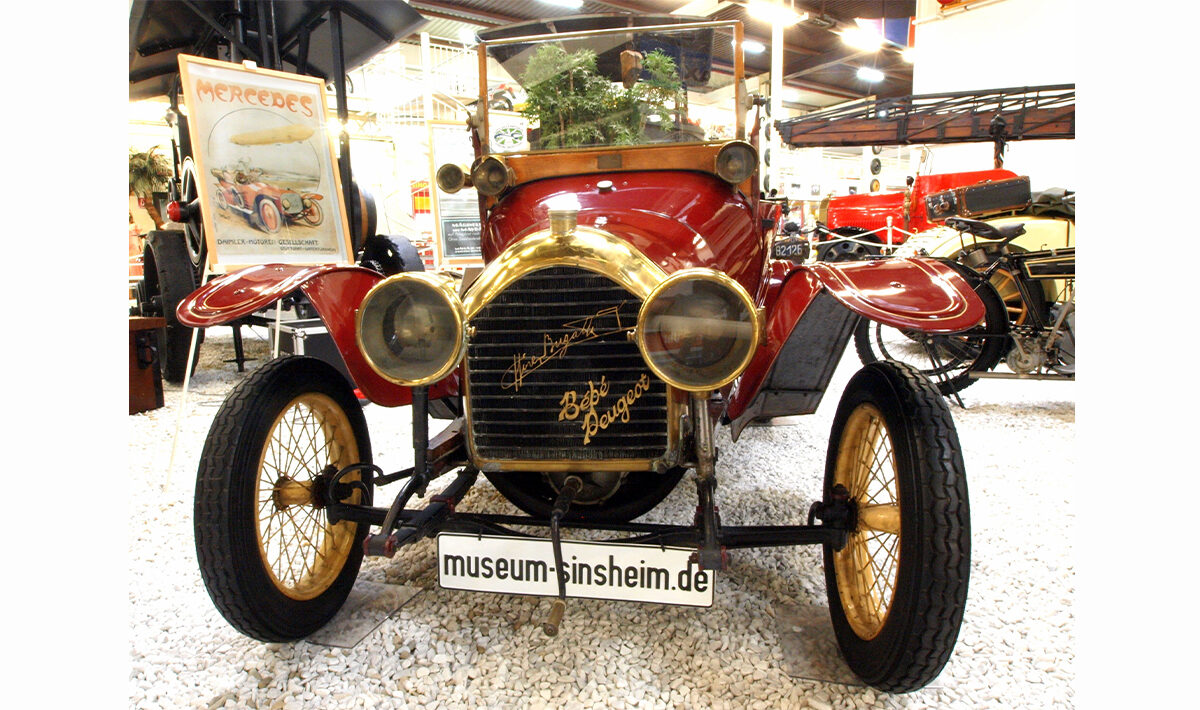
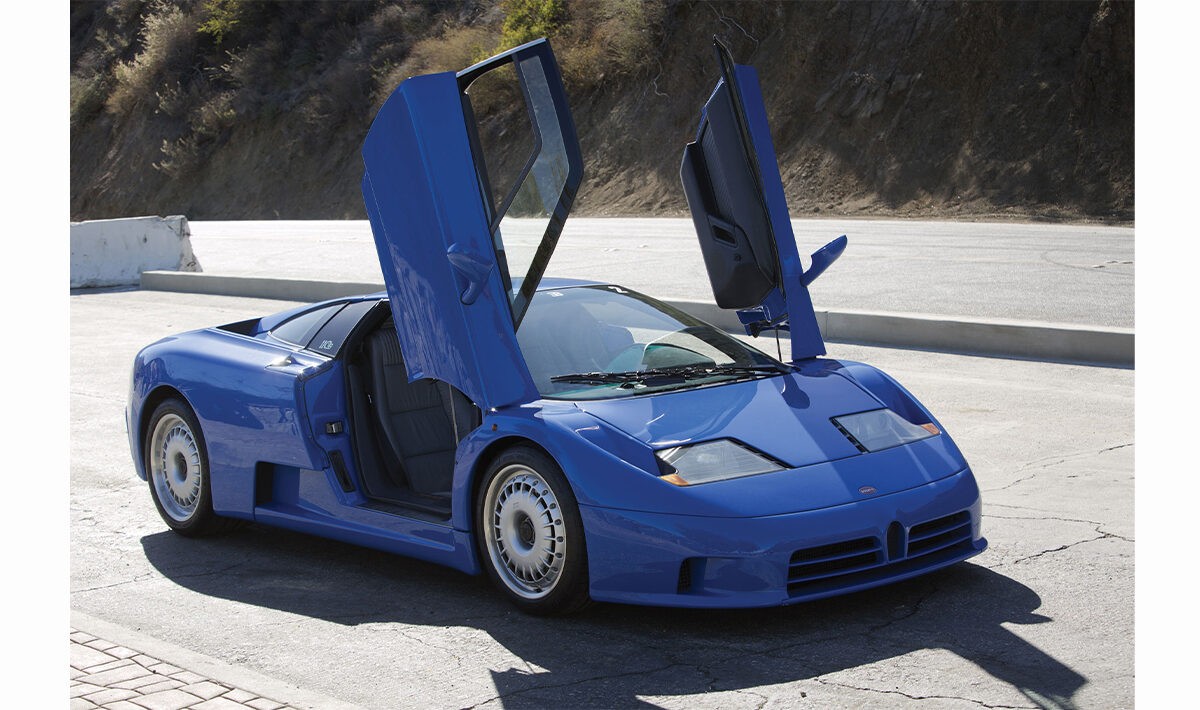
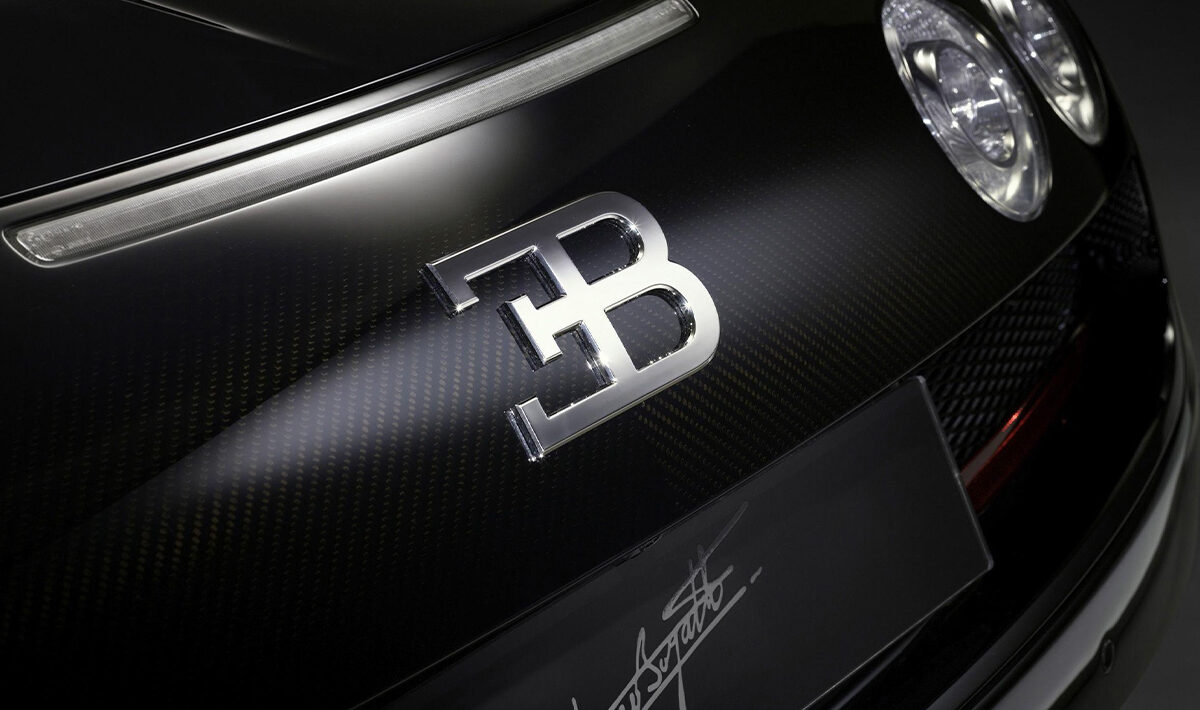
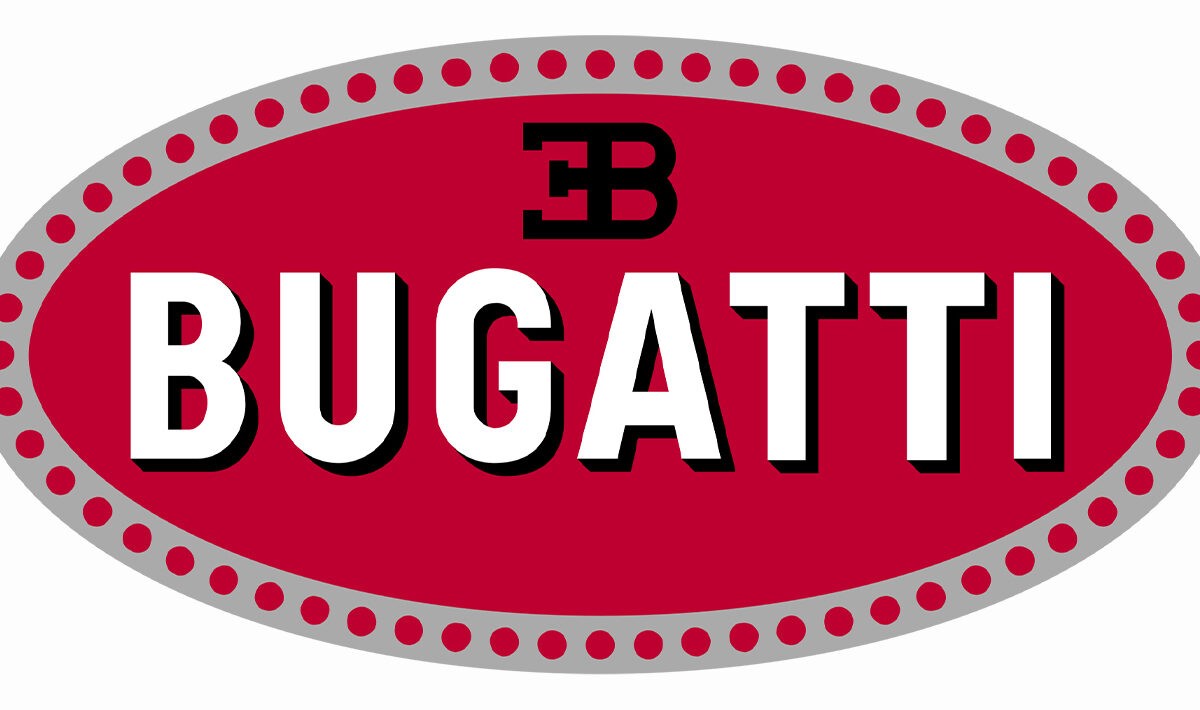
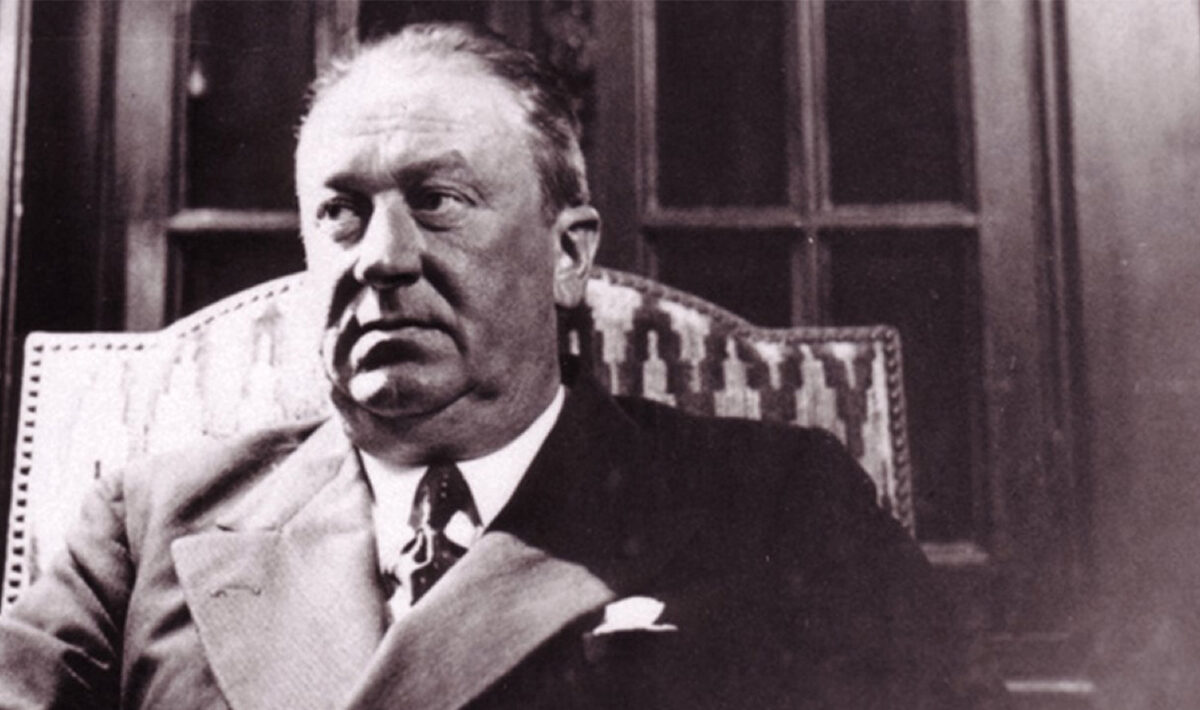
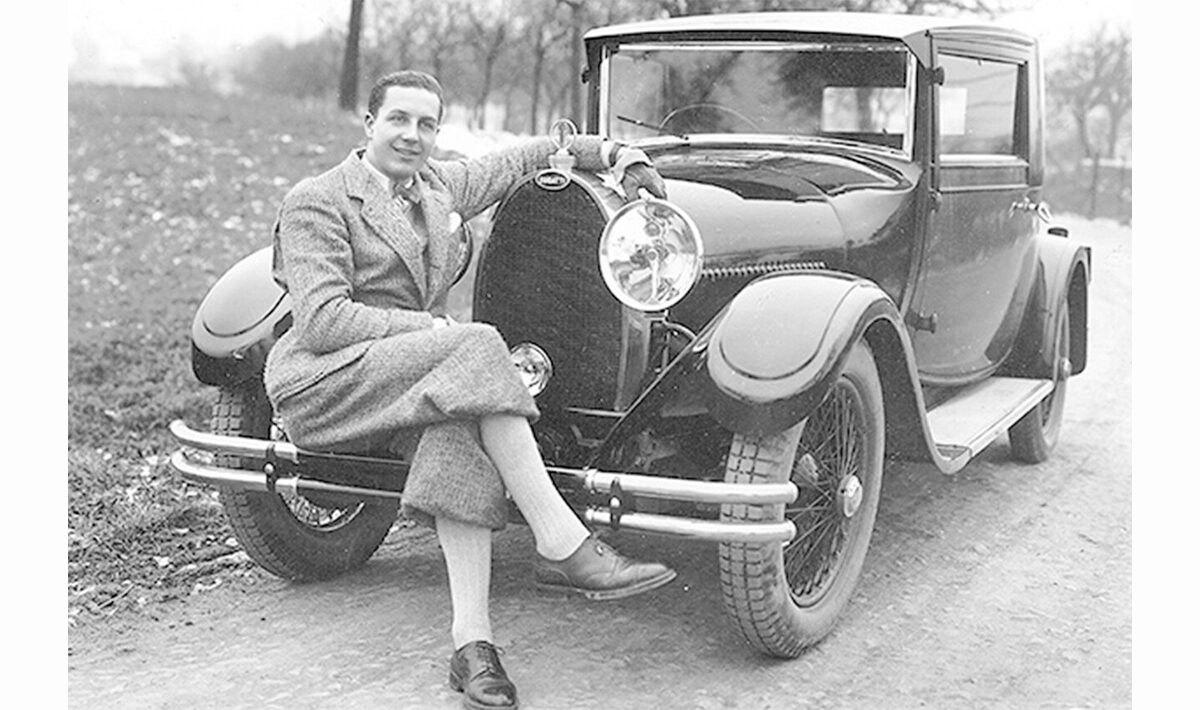
The Bugatti logo may not have made our top 10 best logos of all time, but that doesn’t mean we don’t love it. The Bugatti logo is one of the most recognisable emblems in the automotive world, but not many people know its history and where it came from.
You might say it’s rather simplistic in comparison with other major logos (like the Stutz emblem), yet it’s undeniable that the iconic Bugatti symbol holds up remarkably well.
Despite the company being launched over a century ago, it’s still using the first logo designed by the father of the company’s founder, Ettore Bugatti.
Let’s go on a journey back into the history and heritage of the Bugatti logo, and learn why it remains such a valuable piece of symbol design history. If you’re a car owner or need to track your vehicle, you can purchase a GPS tracker from our GPS tracker shop.
The Bugatti Logo’s History
Automobile companies that have used the same logo since their inception are few and far between. Despite Bugatti’s ownership changing over the years, from family beginnings, through Hispano-Suiza in 1963, Romano Artoli in 1987, to Volkswagen in 1998, its brand image has never changed.
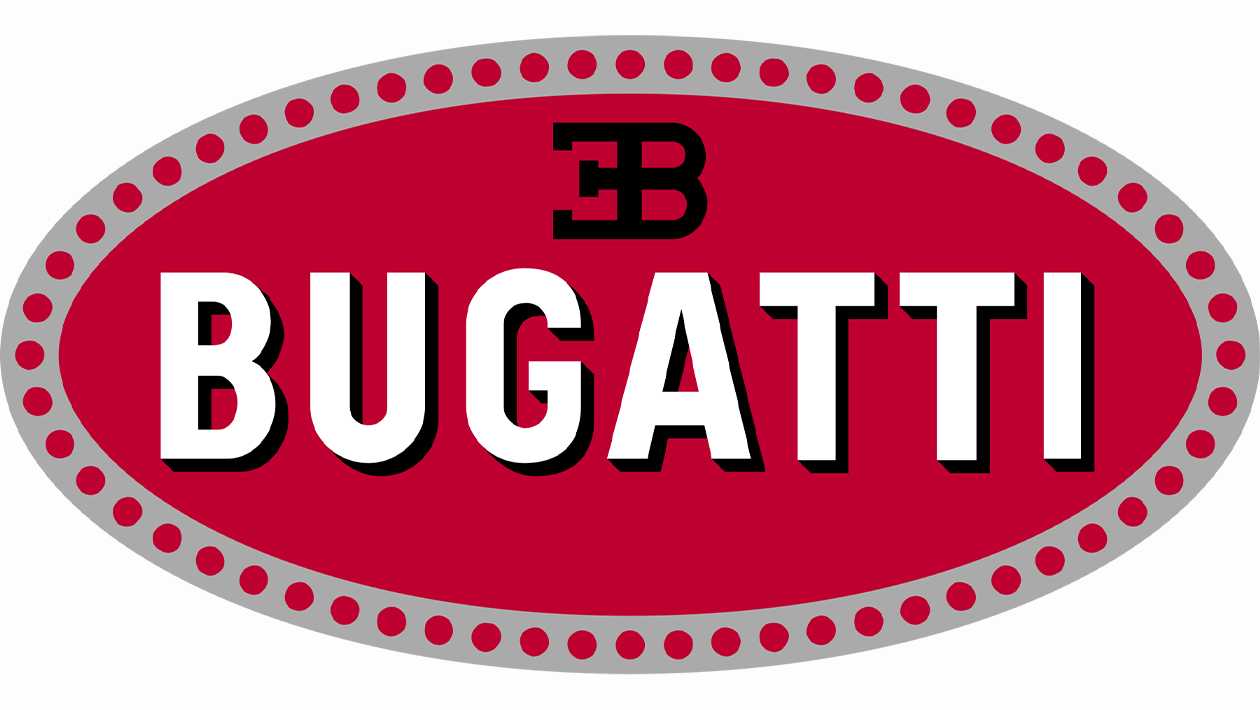
The Bugatti logo is a basic, three-coloured oval, with its prominent colour being red. The oval is outlined by a silver border, which features sixty circular red dots. In the centre of the red oval is the word “BUGATTI”, formatted to look 3 dimensional, using black and white for texture.
Above the brand name is the EB trademark of Ettore Bugatti, the company’s founder.
Incredibly, this has been the only Bugatti logo used by the company since it began in 1909. According to folk law, the design was created by Carlo Bugatti, Ettore’s father, who at the time was a famous artist and jewellery designer.
Knowing this makes it easy to connect the jewellery-making heritage in the logo, which has the appearance of being studded with precious gems.
Bugatti’s Beginnings
The Bugatti logo took shape in 1909, when an Italian-born car designer founded the company in a German city, which is now a commune in France. It wasn’t long before Bugatti automobiles earned a reputation for their delightful design and racing prowess.

Bugatti delivered their first motors in 1910, producing and selling a total of 5 cars. In the same year, Ettore Bugatti’s Assistant, Ernest Fredrich, drove in numerous races. This was the beginning of Bugatti’s decades of success on the racing circuit.
The following year, in 1911, Bugatti won many races, including victory in the French Grand Prix with its Model 10. That was the same year that Bugatti and Peugeot entered a contract and manufactured the Bebe Peugeot with a Model 19 Engine. In 1913, Bugatti began producing airplane engines for the war effort, which helped them raise capital to boost production and hire more employees.
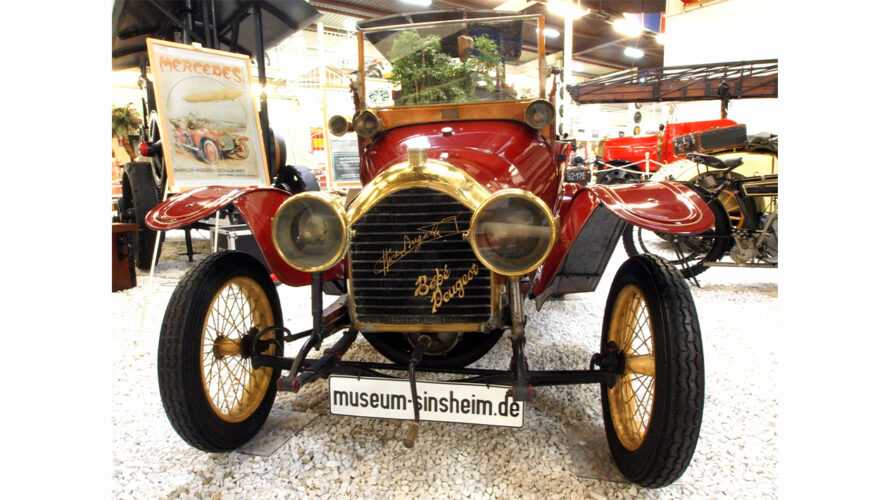
Come the end of the war, Bugatti had over 1,000 workers at the Mosheim Plant. The 1920s brought major successes for the company; they won the Voiturettes Grand Prix, created the 29/30 race car, and produced the Model 35, which was the first Bugatti car to use aluminum spoke wheels. Unfortunately, the 1930s proved to be a far less prosperous decade for the company.
It was all going swimmingly with production of trains and railcars, helping Bugatti get back on solid financial ground. Then disaster struck when a strike was called by their workers. This led to the entire workforce of Bugatti refusing to work, demanding more pay and better working conditions. As you can imagine, this didn’t go down well with Ettore, who was so furious that in retribution he shifted his office to Paris.
This upheaval didn’t bring much luck to Bugatti, with the company facing more financial difficulties towards the end of the 1930s. It was, however, during this time that Ettore raced to victory in Le Mans. Regrettably, the happiness was cut short by the tragedy of Ettore’s son, Jean, being killed in a car accident.

Ettore was, understandably, scarred completely. He was unable to resolve the rift at the Molsheim plant, resulting in zero new automobiles being produced. This combination of his son dying, no workforce, and failing business contributed to his ill health, leading to his death from lung disease in 1947.
With no living heir, Bugatti failed to continue its earlier success and made its last appearance at the Paris Motor Show in 1952, after which the company ceased its operations.
Roland Bugatti attempted to revive the company in 1955 by producing the Type 251 race car. The vehicle didn’t meet the required expectations though, which halted car production. The 1960s was a ‘Blank Period’ for Bugatti and was eventually sold to Hispano-Suiza, who continued to manufacture airplane engines and parts.
In 1987, Bugatti took another major shift when an Italian entrepreneur, Romano Artioli, acquired the brand and gave it a new name: ‘Bugatti Automobili SpA’. Two years later, designers of the Lamborghini Miura and Lamborghini Countach concepts presented plans for a new Bugatti car and gearbox. This resulted in the Bugatti EB110 GT being introduced in 1992 as the first production vehicle in this new company.
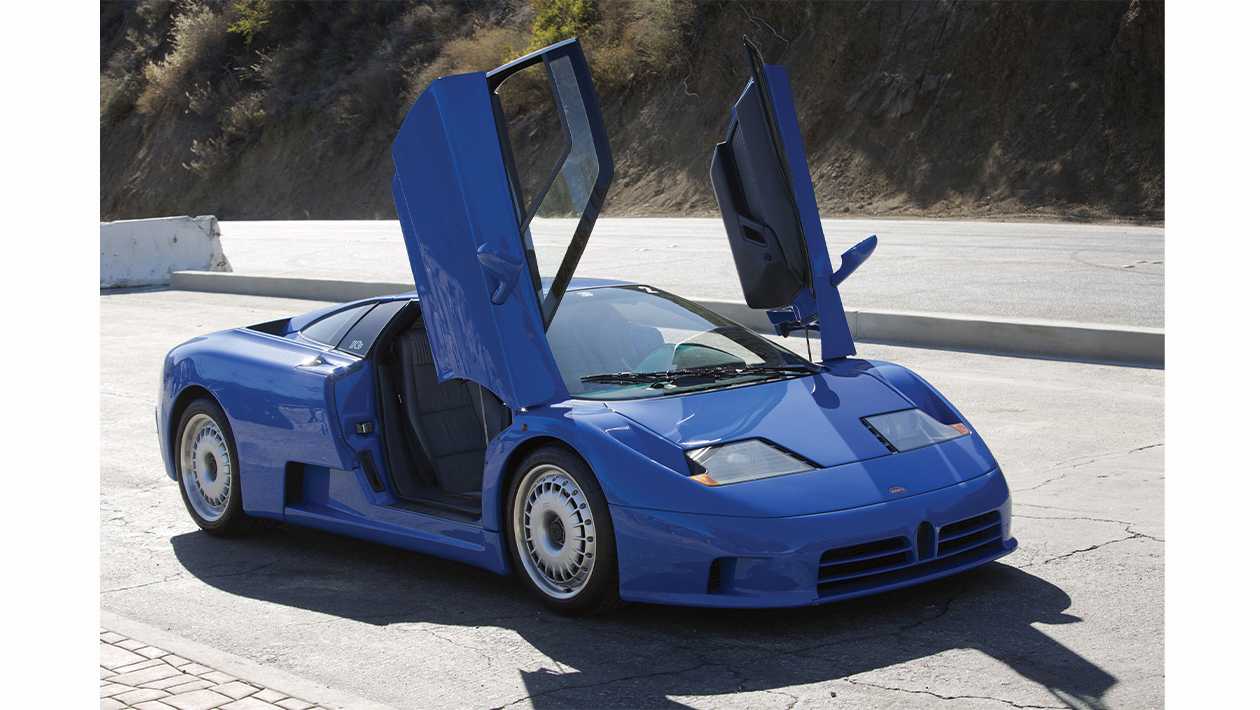
Despite this car being advertised as the most advanced sports car ever produced, it was only 3 years later that Bugatti was forced to cease operations, due to the poor economical conditions. In 1998, the Bugatti brand was acquired by Volkswagen AG, who renamed it ‘Bugatti Automobiles S.A.S’. Since that day the company has introduced many great concepts, including the 18/3 Chiron, EB118, and EB218.
Today, Bugatti is regarded as a car manufacturer that produces limited-run and one-off luxury performance models.
As the Bugatti family all died, nobody was left to continue their involvement in the company. The Bugatti logo, designed by Carlo Bugatti in 1909, is the only connection left.
Bugatti Logo Evolution
Since the Bugatti logo has remained the same throughout its lifetime, there isn’t an evolution to write about. That fact, in itself, is a testament to the history and heritage of the company. This has allowed the Bugatti family to stay undeniably connected with the business, even decades after the original company ceased to exist.
When Carlo Bugatti designed the brand logo it seemed a simple choice for a jewellery maker to choose rich colours like silver and red. These colours exude luxury, with the border around the oval studded with what looks like rubies in silver.

Let’s break down each important element of the Bugatti logo:
The 60 Red Dots
What is the significance of these red dots around the logo’s border? This question has faced a lot of speculation, with many people suggesting they represent safety wires, which were in early Bugatti models, appearing in lace patterns.
Others say the dots represent gems, indicating the love that Ettore had for his vehicles, which were “fine jewels” to him.
The EB Emblem
The chic EB emblem above “BUGATTI” is the stamp and initials of Ettore Bugatti, founder of the company. The stylised E facing backwards, blending with the B creates a noticeably eye-catching new shape.
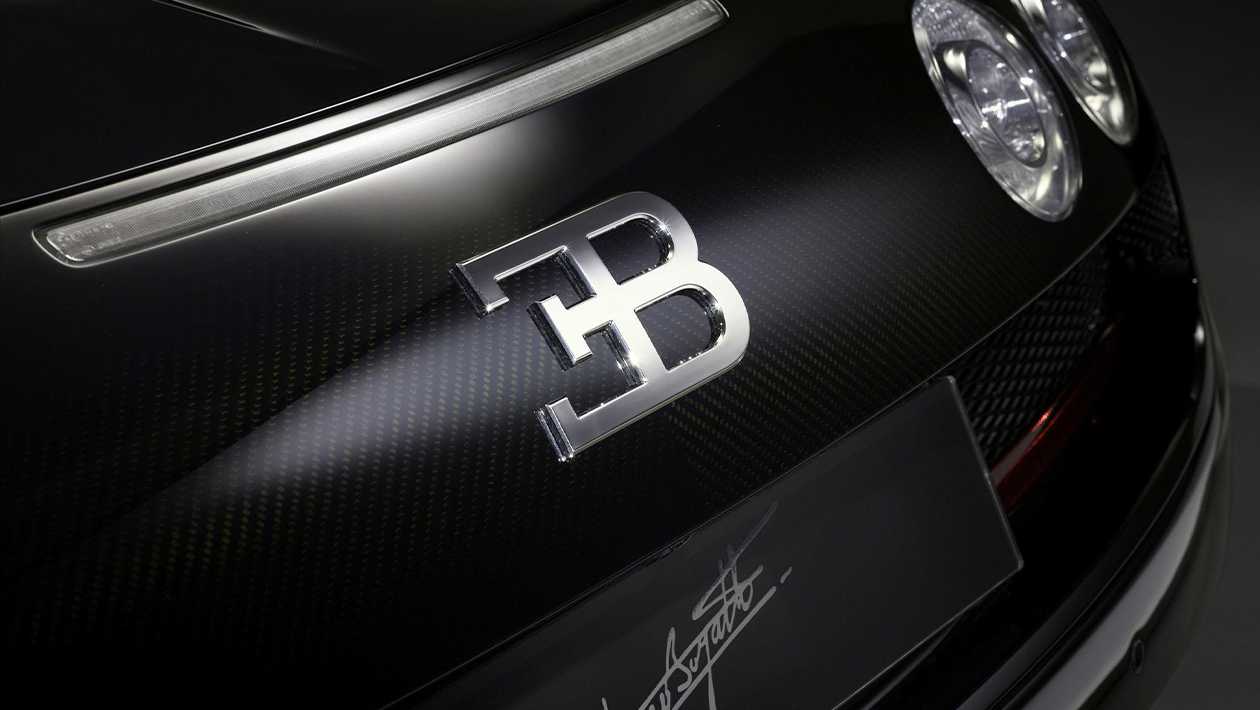
The Red
The colour red was wisely chosen as the primary one for Bugatti. According to many experts in Bugatti’s branding departments down the years, the red is meant to signify passion and power.
Bugatti Logo Meaning
Considering the Bugatti family has no living relative, it’s difficult to provide any certainty about the meaning of the Bugatti logo. What we do know is that Ettore had a passion for making exceptional sports cars, and when Bugatti raced into the market, it was with high-quality and premium-performance vehicles.
Perhaps this is why Carlo’s design was such a refined look for the Bugatti logo.
Taking a look at the logo today, it seems like a signal of opulence, in rich hues of red and silver. The dots surrounding the Bugatti red oval, as suggested, could look like gems from a distance, signifying the rich luxury of the car in question.
Whatever Carlo intended with his design, he was undoubtedly delivered a timeless image, standing effortlessly alongside the Bugatti brand for years to come.
Bugatti Logo Colours
As mentioned before, the most eye-catching colour on the Bugatti logo is the bright red that covers the central oval. However, we mustn’t forget the white of the font, and the silver border around the badge, which helps to frame the internal logo.
The white lettering of the Bugatti wordmark was an excellent choice, conveying class, modernism, and cleanliness. Each letter has a thick shade of black applied to it, conveying an idea of texture and depth.
The red of the Bugatti logo has been said to symbolises passion and power, with the silver border a futuristic sign of creativity.
Bugatti Logo Font
The Bugatti logo font is unique, as it is with most automative companies. According to experts, the Bugatti text is written in a sleek, sans-serif font called Ff-Zwo, emboldened with a 3D effect.
The EB is in a serif font, with the “E” at the beginning of the mark having heavy feet.
The Bugatti Logo Today
The Bugatti logo continues to be a symbol of class and heritage in the vehicle manufacturing marketplace. Gorgeously refined and packed with history, the Bugatti logo is sleek, contoured, and easy to recognise.
Though it’s not as complex as some of the other luxury logos, the Bugatti emblem continues to be one of the best-known logos in the world today.
Despite my appreciation of the Bugatti logo it didn’t quite make it into the top logos of all time.
Tap here to find out which 10 logos made it into the best car logos of all time.

Read more on

Advertise your Car Show on My Car Heaven.
Get in touch and we can make that happen for you.
Find Out MoreRelated Stories
Advertisement Advertisement
Advertisement Advertisement
Advertisement

